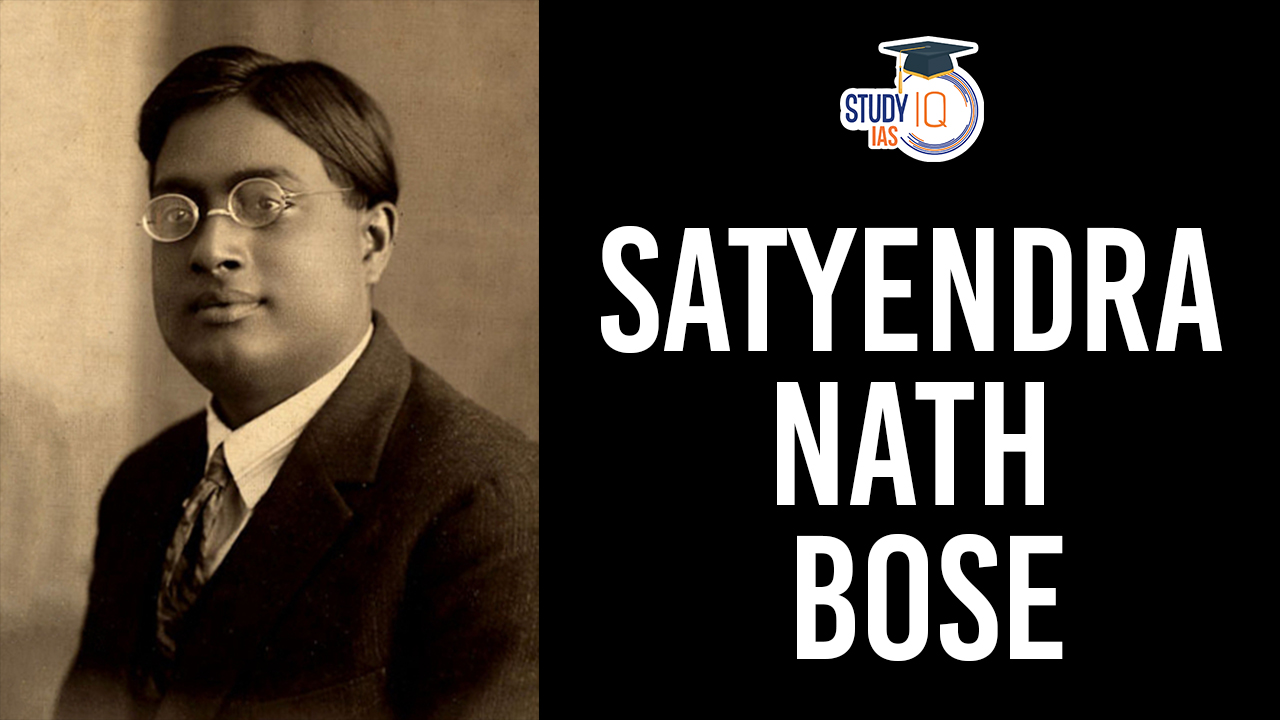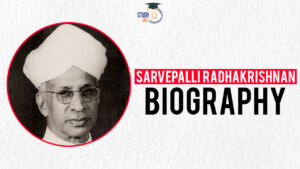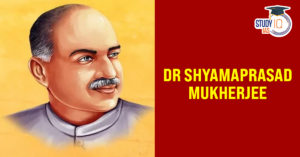Table of Contents
Satyendra Nath Bose Biography
Satyendra Nath Bose (1894 – 1974) was a distinguished Indian mathematician and theoretical physicist renowned for his groundbreaking contributions to quantum mechanics during the 1920s. His collaborative efforts with Albert Einstein on elucidating the gas-like properties of electromagnetic radiation have left an indelible mark on the field of physics.
Satyendra Nath Bose Biography Overview
| Aspect | Details |
| Full Name | Satyendra Nath Bose |
| Date of Birth | January 1, 1894 |
| Place of Birth | Kolkata (formerly Calcutta), India |
| Family Background | Born into a Bengali Kayastha family; eldest of seven children |
| Education | Bachelor of Science in combined mathematics from Presidency College, Kolkata Master’s degree in combined mathematics from Calcutta University |
| Career Highlights | Lecturer at Rajabazar Science College, Calcutta University
Joined University of Dhaka as Reader in 1921 Groundbreaking work on quantum mechanics in 1920s |
| Notable Achievements | Development of Bose-Einstein statistics and Bose-Einstein condensate
Awarded Padma Vibhushan in 1954 Named National Professor of India in 1959 |
| Legacy | Pioneer in theoretical physics – Inspiration for the naming of boson particles
Contributions remain foundational in modern physics |
| Death | February 4, 1974 |
| Honors and Awards | Padma Vibhushan (1954)
Fellow of the Royal Society Various leadership roles in scientific institutions |
| Inventions | Bose-Einstein statistics
Theoretical work on Bose-Einstein condensate |
We’re now on WhatsApp. Click to Join
Early Life and Education
Bose exhibited exceptional academic prowess from an early age. He excelled in his studies, consistently securing the top position in his examinations, including those for his graduate and post-graduate degrees. He earned his M.Sc. in mixed mathematics from Presidency College in Calcutta in 1915, marking the beginning of his remarkable journey in the world of science.
Career at Dacca University and Early Breakthrough
Upon joining Dacca University as a Reader in Physics in 1921, Satyendra Nath Bose embarked on a remarkable journey in the field of theoretical physics. His seminal paper, “Planck’s Law and Light Quantum Hypothesis,” marked a significant breakthrough in understanding the fundamental nature of light. Bose’s derivation of a formula describing light as discrete packets of energy, or quanta, challenged the prevailing notion of light as a continuous wave, as proposed by Max Planck.
Collaboration with Albert Einstein and Formulation of Bose-Einstein Statistics
Albert Einstein recognized the groundbreaking significance of Bose’s work and facilitated the publication of his paper in the prestigious journal Zeitschrift für Physik. This collaboration marked the beginning of a fruitful partnership between Bose and Einstein. Together, they further developed Bose’s ideas, leading to the formulation of Bose-Einstein statistics. This revolutionary statistical mechanics theory described the behavior of indistinguishable particles, now known as bosons, laying the foundation for understanding phenomena such as superfluidity and superconductivity.
Contributions Beyond Collaboration
Satyendra Nath Bose’s contributions extended far beyond his collaboration with Albert Einstein. He made significant advancements in various areas of physics, including statistical mechanics, ionospheric electromagnetic properties, X-ray crystallography, and unified field theory. Bose’s prolific scientific output between 1918 and 1956 solidified his reputation as one of the leading physicists of his time, leaving an indelible mark on the field of theoretical physics.
Recognition and Legacy
Satyendra Nath Bose’s contributions to physics earned him numerous accolades and honors throughout his lifetime. In 1954, he was awarded the prestigious Padma Vibhushan by the Indian government in recognition of his exceptional achievements. He was appointed as the National Professor of India in 1959, a testament to his stature as a preeminent scholar in the country.
Despite his monumental contributions to the field of physics, Bose never received the Nobel Prize, a fact that disappointed many in the scientific community. However, his legacy lives on through the concept of bosons, which was named in his honor by Paul Dirac, and through the widespread recognition of his pioneering work in quantum mechanics.
On June 4, 2022, Google honored Satyendra Nath Bose with a Google Doodle, commemorating the 98th anniversary of his groundbreaking correspondence with Albert Einstein. This gesture underscored the enduring significance of Bose’s quantum formulations and their profound impact on the development of modern physics.


 Dr. Sarvepalli Radhakrishnan Biography, ...
Dr. Sarvepalli Radhakrishnan Biography, ...
 Dr. Shyama Prasad Mukherjee Biography, L...
Dr. Shyama Prasad Mukherjee Biography, L...
 Savitribai Phule Biography, Early Life, ...
Savitribai Phule Biography, Early Life, ...





















